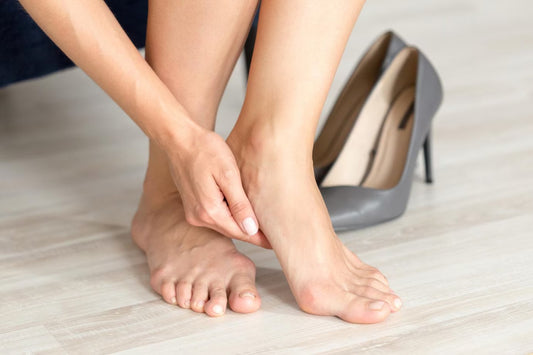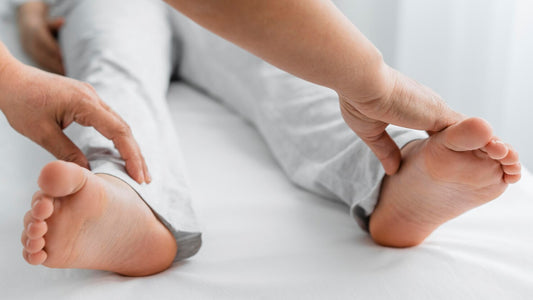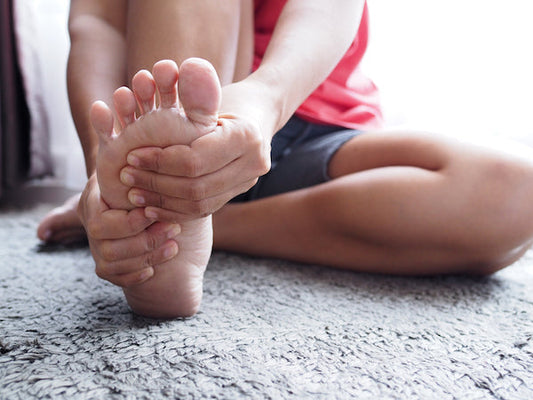Our Blog

How to shrink bunions naturally? Explore Treatm...
Bunions, scientifically termed as Hallux Valgus, are a prevalent foot deformity that affects a significant portion of the global population. To truly understand this condition, we must first comprehend the...
How to shrink bunions naturally? Explore Treatm...
Bunions, scientifically termed as Hallux Valgus, are a prevalent foot deformity that affects a significant portion of the global population. To truly understand this condition, we must first comprehend the...

Does apple cider vinegar remove bunions?
If you're experiencing bunions, you may have come across claims suggesting that apple cider vinegar can assist in eliminating them. However, it is essential to determine the accuracy of these...
Does apple cider vinegar remove bunions?
If you're experiencing bunions, you may have come across claims suggesting that apple cider vinegar can assist in eliminating them. However, it is essential to determine the accuracy of these...

What causes pain around the ribs and back sympt...
Pain around the ribs and back is a common complaint many healthcare professionals hear, and it can arise from a myriad of sources. This discomfort can range from a mild...
What causes pain around the ribs and back sympt...
Pain around the ribs and back is a common complaint many healthcare professionals hear, and it can arise from a myriad of sources. This discomfort can range from a mild...

Sharp Pain in Foot: Causes and Solutions
Foot pain, notably a sharp, piercing sensation, is a ubiquitous health concern affecting individuals across the globe. Far from being a minor annoyance, this condition can drastically disrupt daily routines...
Sharp Pain in Foot: Causes and Solutions
Foot pain, notably a sharp, piercing sensation, is a ubiquitous health concern affecting individuals across the globe. Far from being a minor annoyance, this condition can drastically disrupt daily routines...

What not to do with Plantar Fasciitis?
Plantar fasciitis is a common problem that leads to intense foot pain, especially when you take your first steps in the morning. It can also cause pain and stiffness when...
What not to do with Plantar Fasciitis?
Plantar fasciitis is a common problem that leads to intense foot pain, especially when you take your first steps in the morning. It can also cause pain and stiffness when...

5 signs your Plantar Fasciitis is healing
Plantar fasciitis is one of the most common causes of heel pain. It is characterized by inflammation of the thick band of tissue, the plantar fascia, that runs across the...
5 signs your Plantar Fasciitis is healing
Plantar fasciitis is one of the most common causes of heel pain. It is characterized by inflammation of the thick band of tissue, the plantar fascia, that runs across the...
